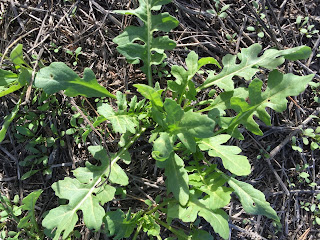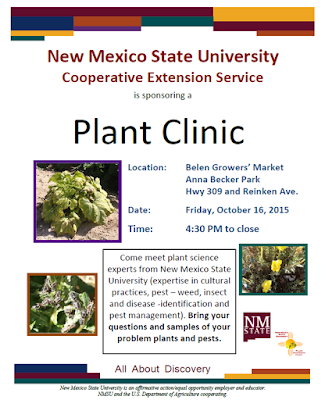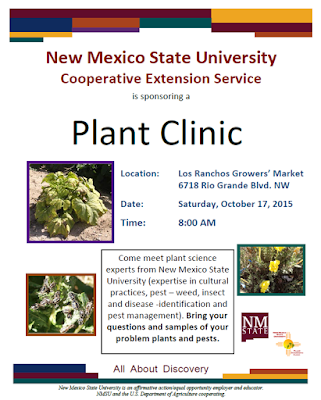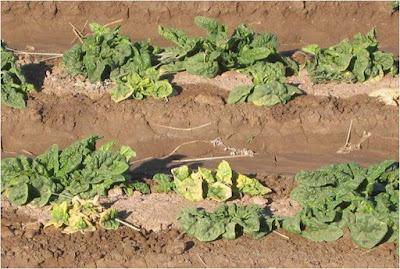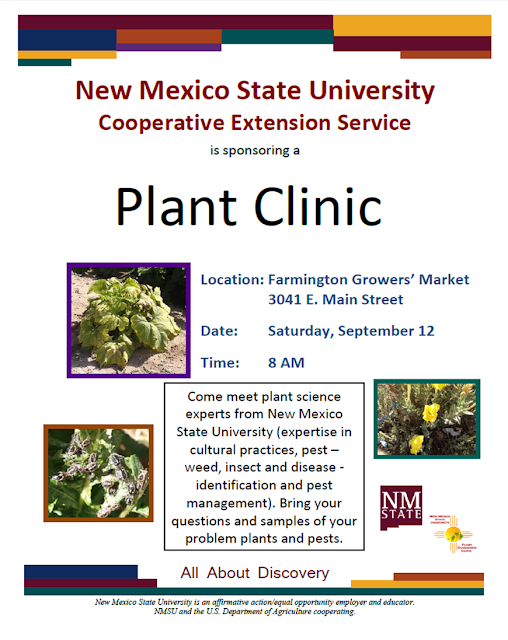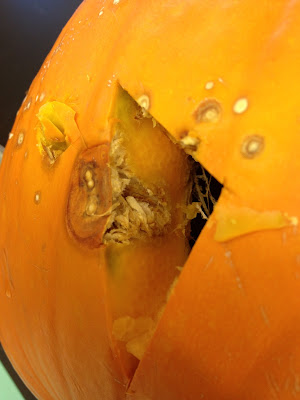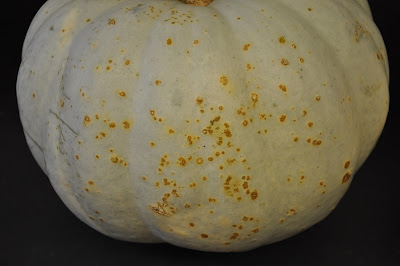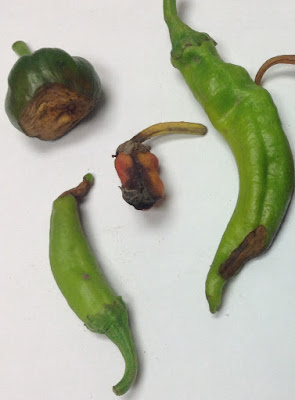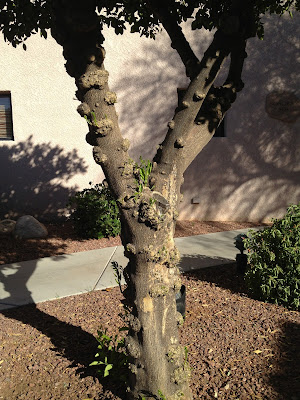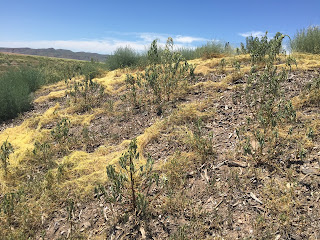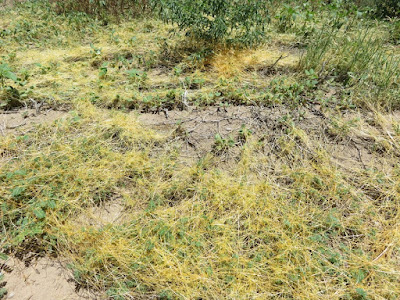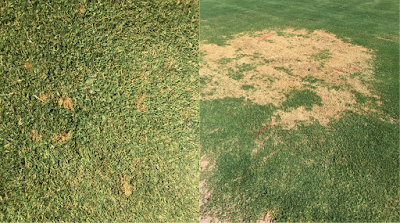NMSU’s Extension Service will bring Plant Clinics to farmers’ markets in Portales and Clovis
New Mexico State University’s Extension Plant Sciences department will host a Plant Clinic at several farmers’ markets this summer and fall, to help educate the community about horticultural practices and pest management, including identification of insect, weed, and disease problems.
“We encourage anyone who is interested in gardening and has a question that they have not been able to get answered, to come out and visit with us,” said Natalie Goldberg, department head of NMSU’s Extension Plant Sciences. “If they have problem plants or pests that they would like to have identified, they are encouraged to bring us a sample of the plant or pest.”
The question-and-answer sessions will be hosted by four specialists: Carol Sutherland, entomologist; Leslie Beck, weed scientist, and Jason French and Goldberg, who are experts on plant diseases and disorders. In addition, the county Extension agent will be available to help answer questions.
“Some problems people bring to the clinic might be resolved on the spot, but others might need more background information to complete an answer, so we’ll make sure we have the client’s contact information and specific question written down so we can contact them later,” said Sutherland, who will have a collection of insects on display for additional questions.
Goldberg added they hope to answer most questions but if they can’t, they will either take back samples for further analysis or connect clients with other experts.
“Plant Clinics are a great way to interact with people not familiar with the great variety of information available through the Cooperative Extension Service,” Sutherland said.
Plant Clinics will be hosted at several Farmers' Markets around the state beginning in Portales (August 31 at 5 PM) and Clovis (September 1 at 5 PM).
Plant Clinics will also be held at the following farmers' markets:
September 12, Farmington, Farmington Farmers’ Market, 9AM
October 9, Lordsburg, Lordsburg Farmers’ Market, 4 PM
October 10, Mimbres, Mimbres Valley Harvest Festival, 10 AM
October 16, Belen, Belen Farmers’ Market, 4:30 PM
October 17, Albuquerque, Downtown Growers Market, 8:30 AM and Los Ranchos Growers Market, 8:00 AM
 |
Flyer for the Farmers' Market Plant Clinic
in Portales, NM |
 |
Flyer for the Farmers' Market Plant Clinic
in Clovis, NM |
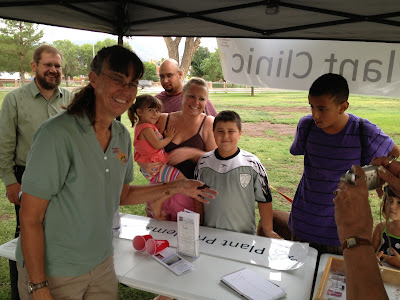 |
Dr. Carol Sutherland identifies a beetle at a plant clinic in Alamogordo
(Photo: N. Goldberg, NMSU-PDC) |
 |
Plant Clinic at the Las Cruces Farmers' Market
(Photo: J. French, NMSU-PDC) |
